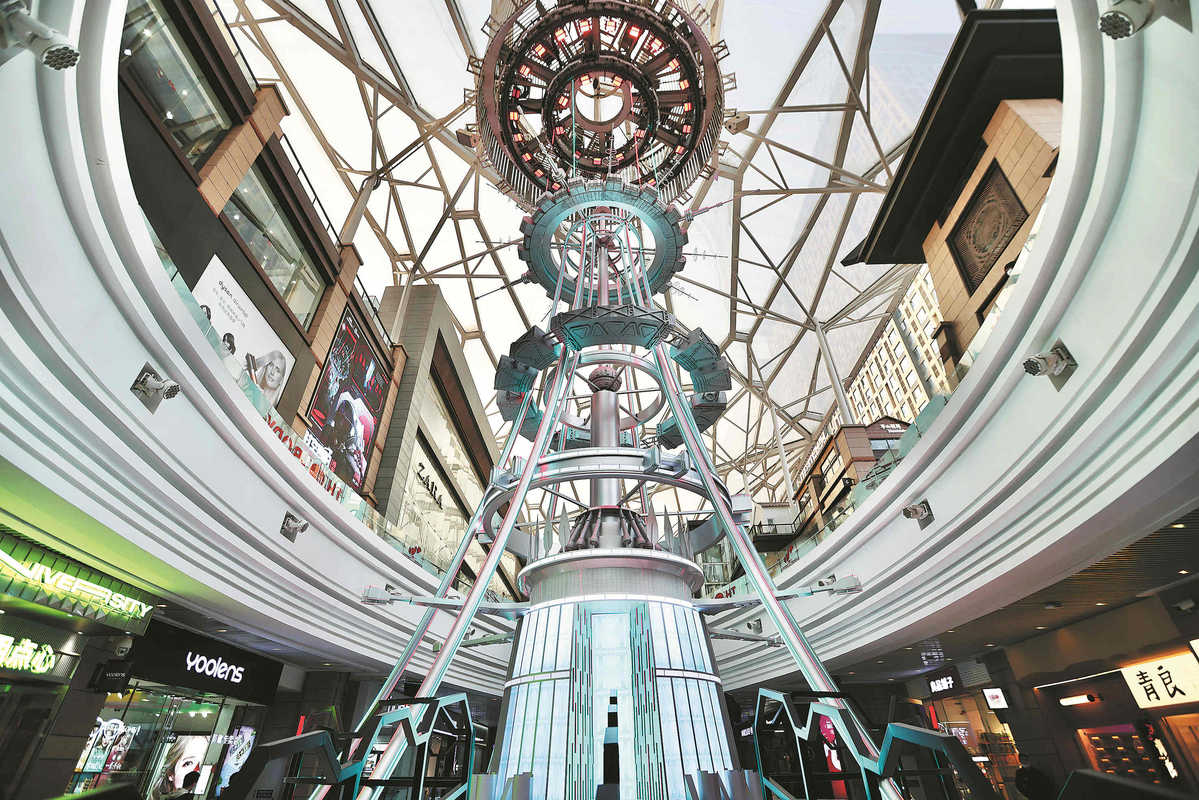Movie industry roars back with robust recovery


Longer running times
Most industry insiders contacted by China Daily said some of the holiday blockbusters spent one or two years in post-production, far longer than regular movies in pre-pandemic times.
This was partly due to the comparatively bleak market at the time, but also because it allowed more time to polish and refine each project.
As a testament to those efforts, the average length of holiday movies is 130 minutes, a far longer duration than almost any other films released during previous Lunar New Year holidays.
Considered a trailblazer in promoting homegrown sci-fi movies, The Wandering Earth II runs for a whopping 173 minutes — significantly longer than the first movie, which lasted 125 minutes during its premiere in 2019, and 137 minutes in a rescreened version in 2020.
According to some domestic media outlets, the movie's 3,000-plus special-effects scenes persuaded Xuzhou Construction Machinery Group, a heavyweight manufacturing giant, to sponsor 42 sets of 61 types of heavy machinery to be used as props, and more than 400 sets of components and workshop props. It also assigned 319 staff members to participate in the production.
Chen Maolin, a veteran director, praised the success of The Wandering Earth franchise — its first installment grossed 4.7 billion yuan in 2019, while the second has so far raked in 3.9 billion yuan — as an indication that China's movie industry has achieved remarkable development in cinematic technologies.
"As a genre, science fiction movies represent the level of a country's film production. From Louis Koo's Warriors of Future to The Wandering Earth II, the emergence of these hardcore domestic sci-fi films has given Chinese filmmakers the confidence to catch up with the world's leading level," he said.
The first Wandering Earth movie had 75 percent of its visual effects made by Chinese artists, but the proportion rose to 90 percent for the second movie. Other hardcore sci-fi works, such as the popular Chinese live-action TV series Three-Body, adapted from Liu Cixin's Hugo Award-winning novel, also relied heavily on Chinese teams to create props and digitize special-effects footage, industry insiders said.
Yao Dianna, a post-production supervisor who was educated and employed in New Zealand, said China's visual effects industry has made rapid progress in recent years as a result of market expansion and an increase in talent.
"A number of young film professionals who were educated abroad have returned to China since the early 2010s, as evidenced by the fact that most major Chinese studios have 20 percent or more of their staff with such backgrounds," she said.
Yao added that the returnees' fluency in English makes it easier for them to absorb advanced experience from foreign filmmakers.
























